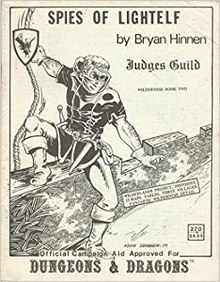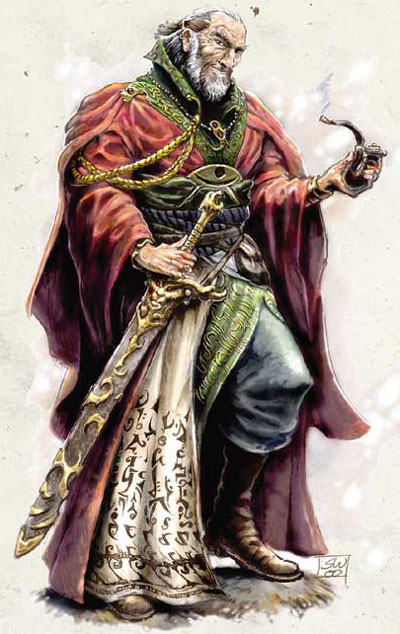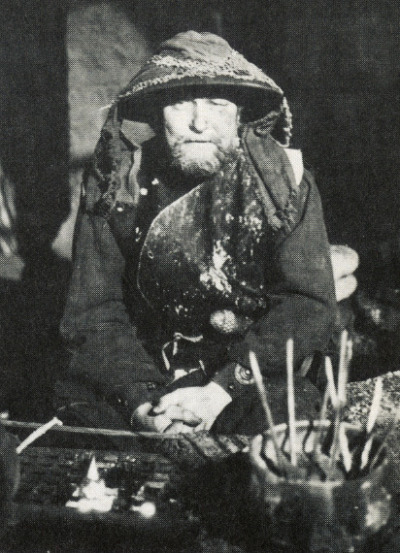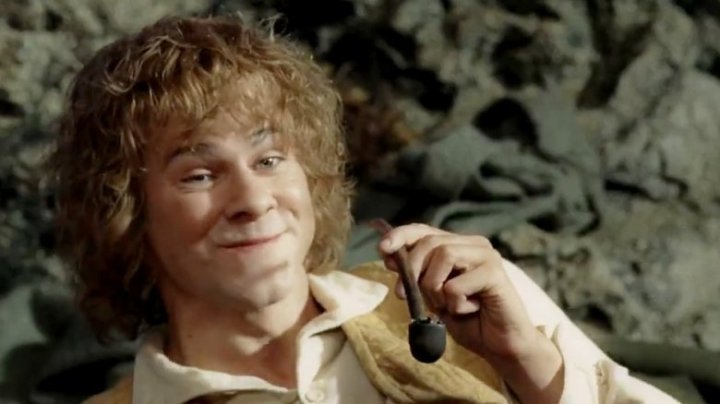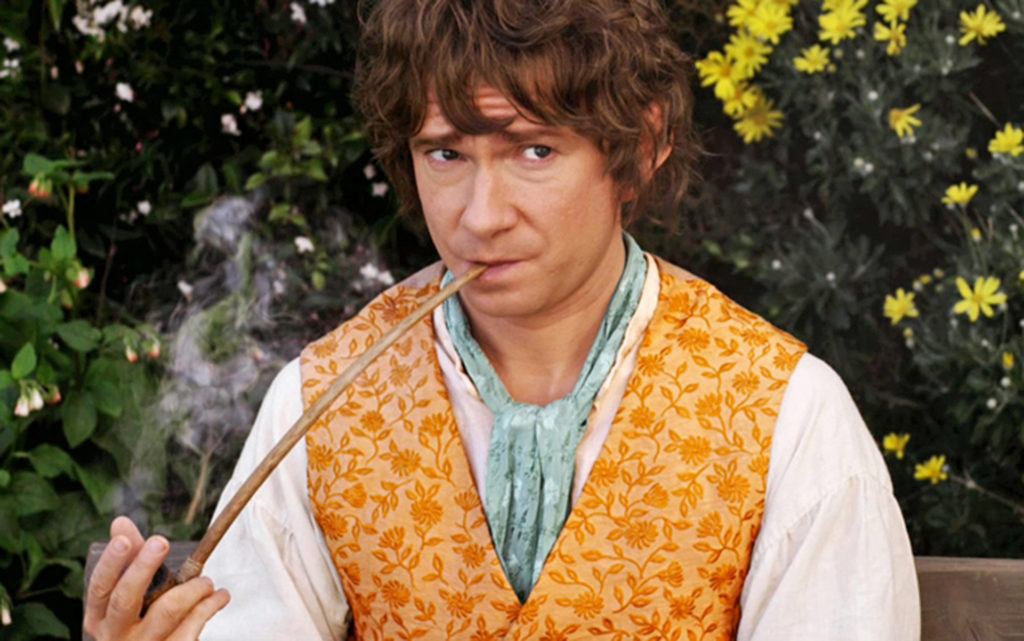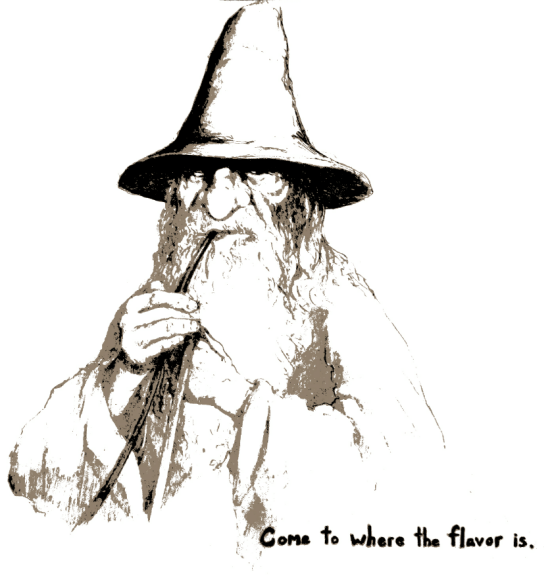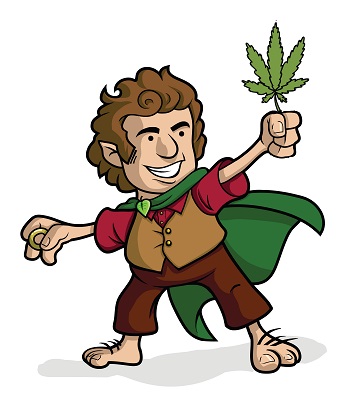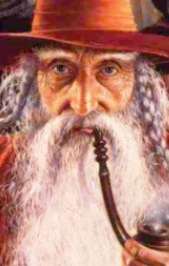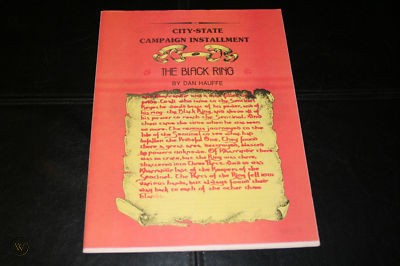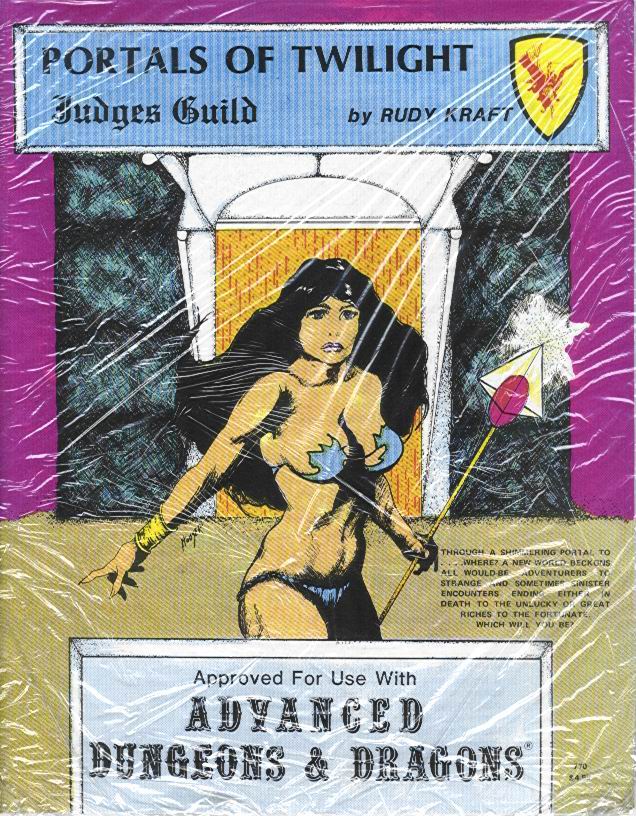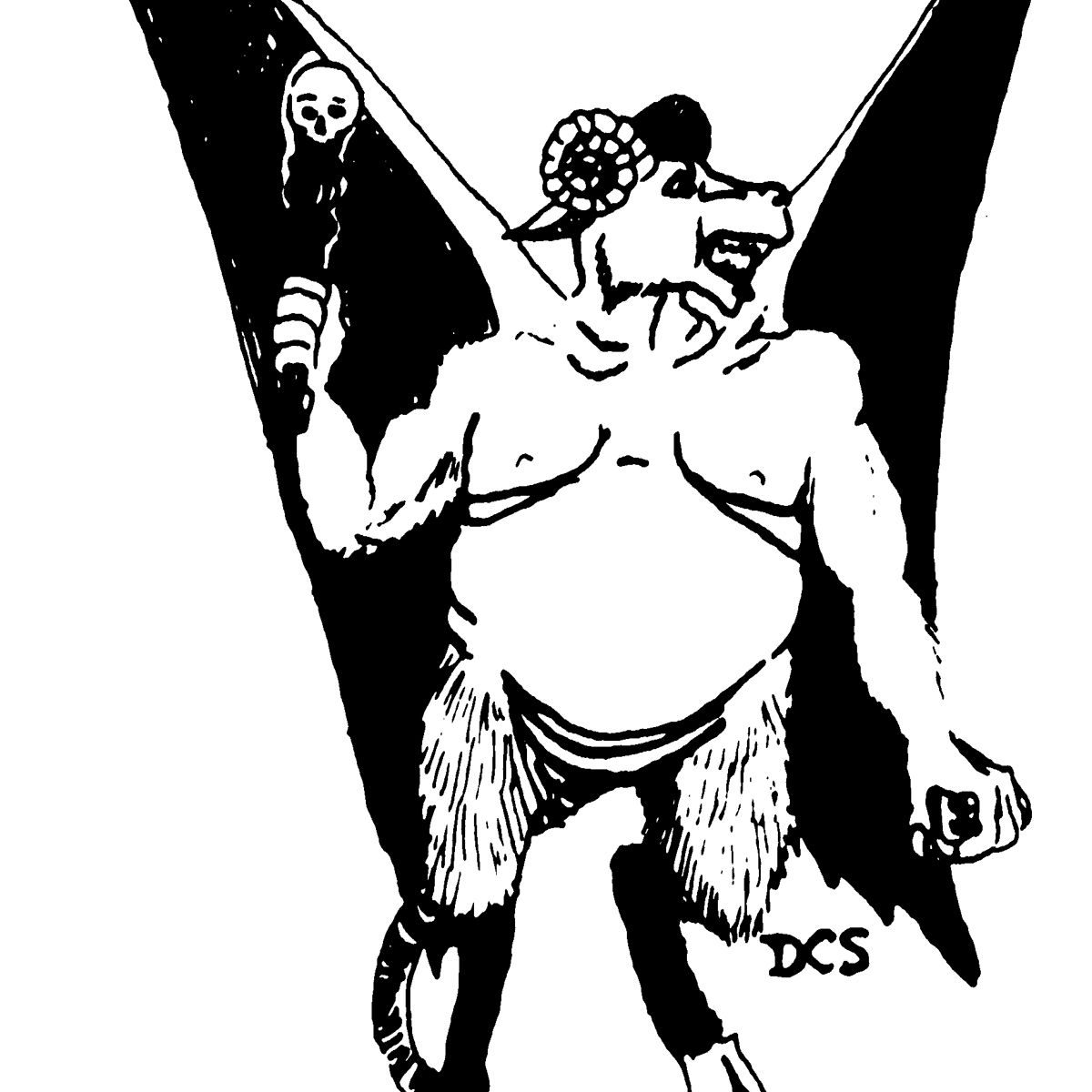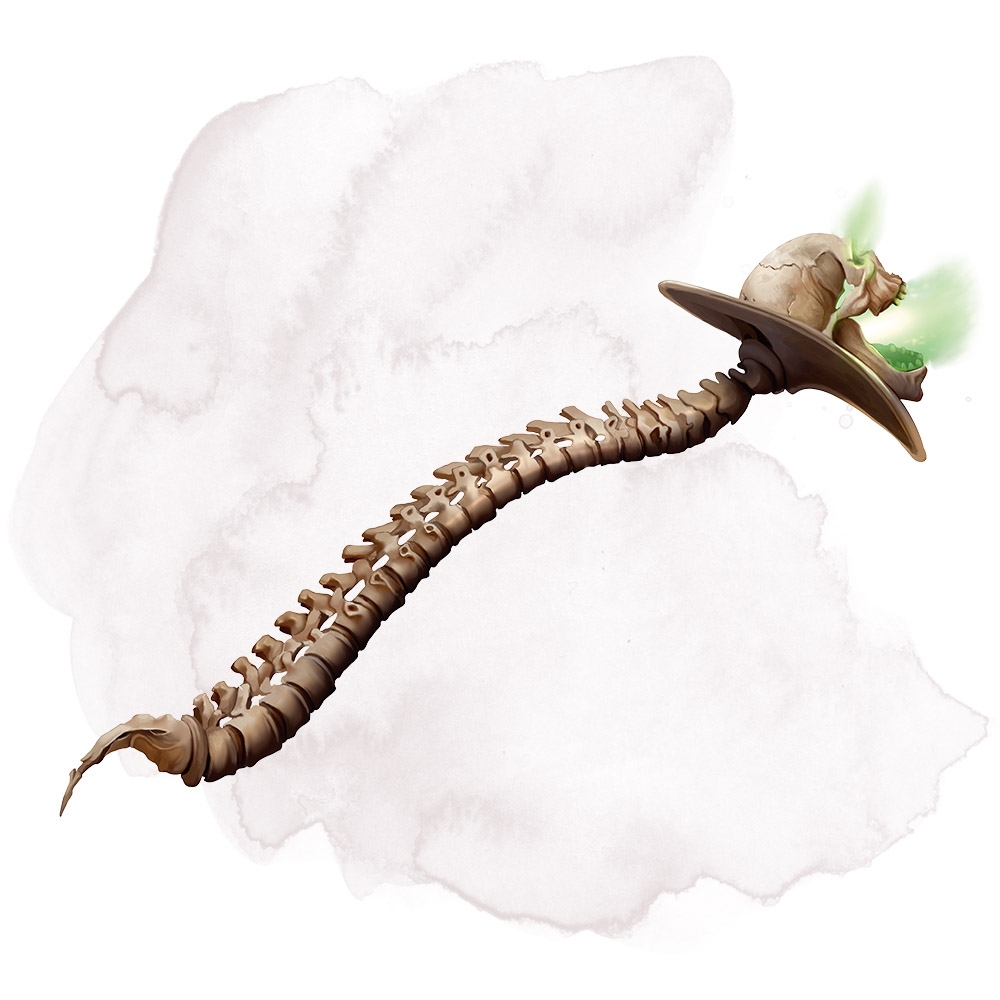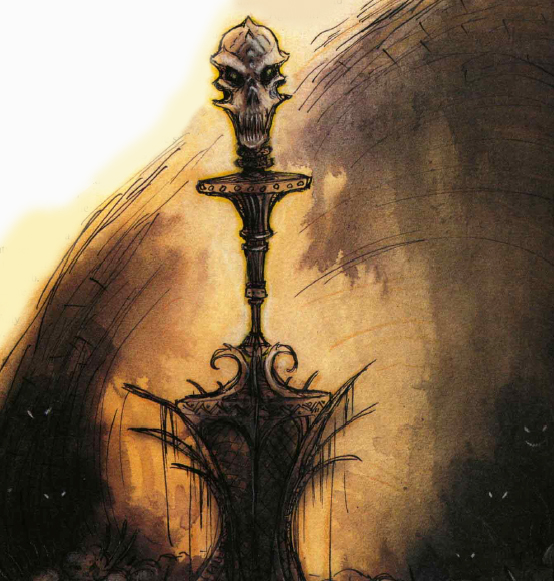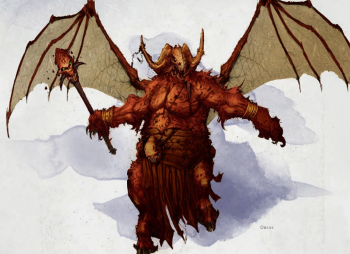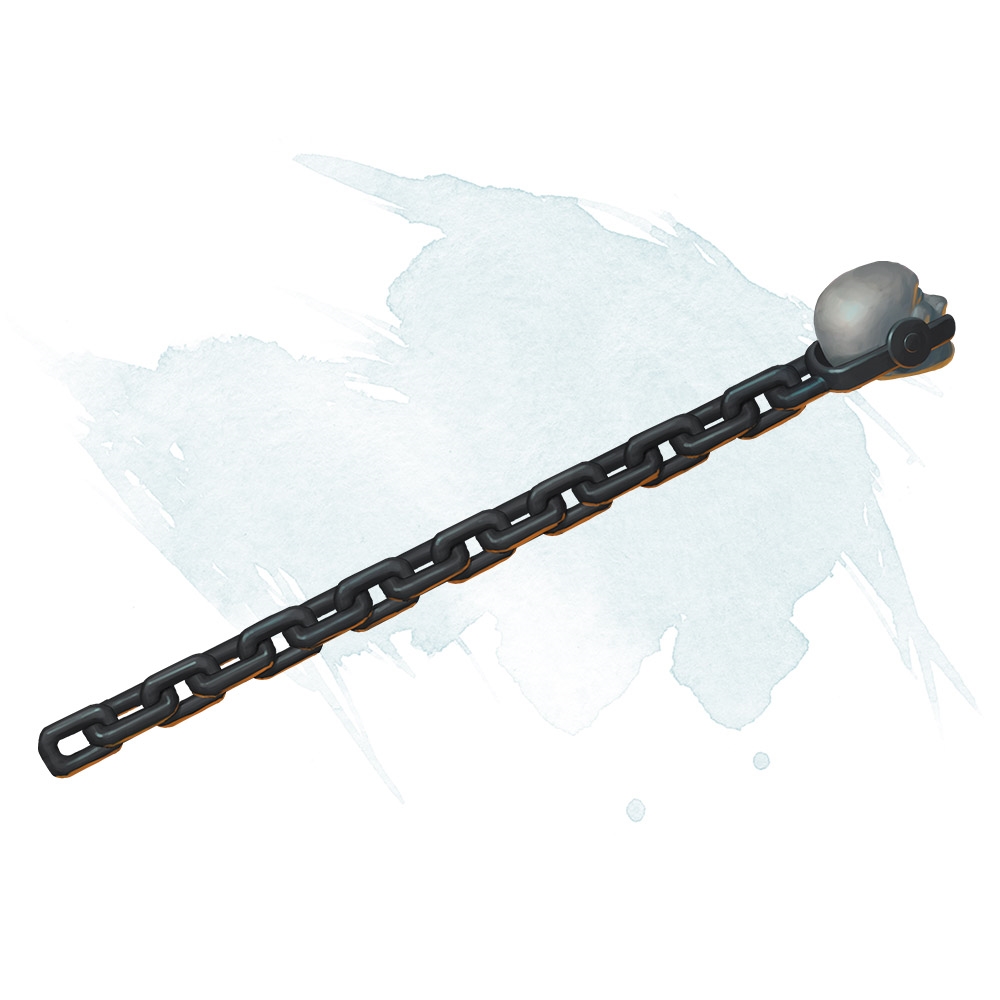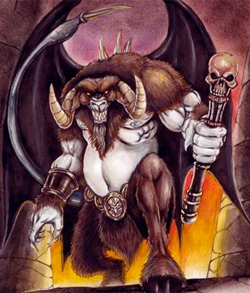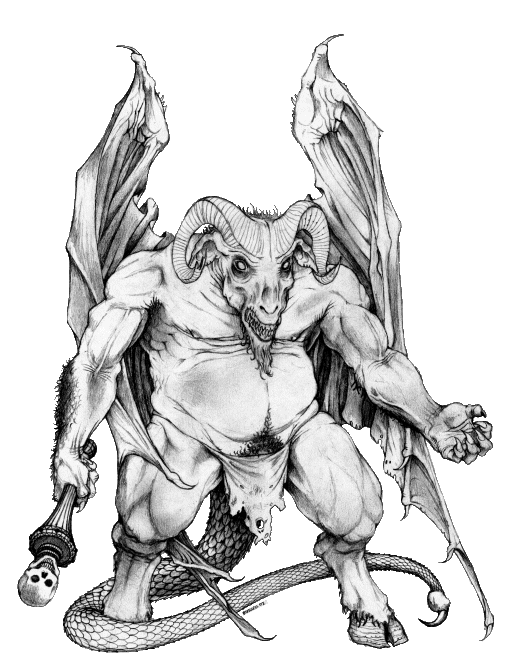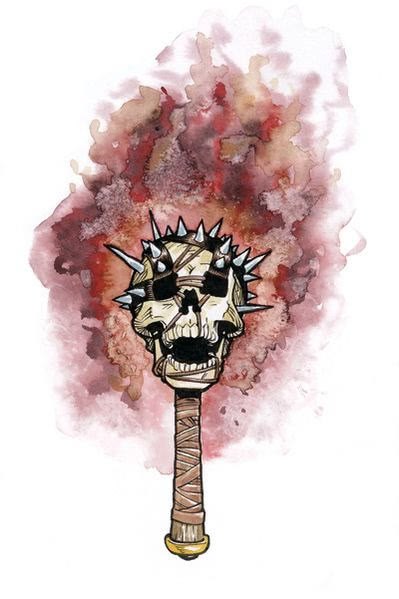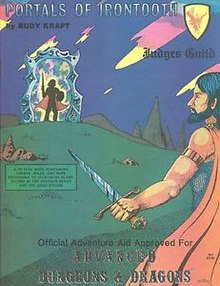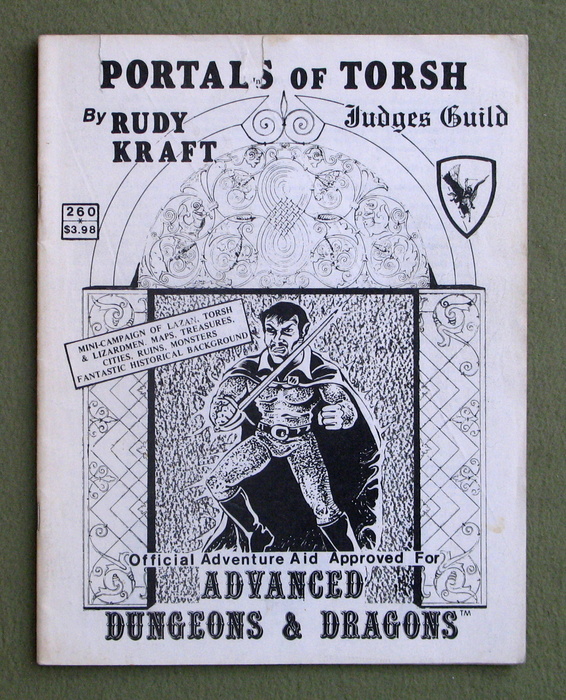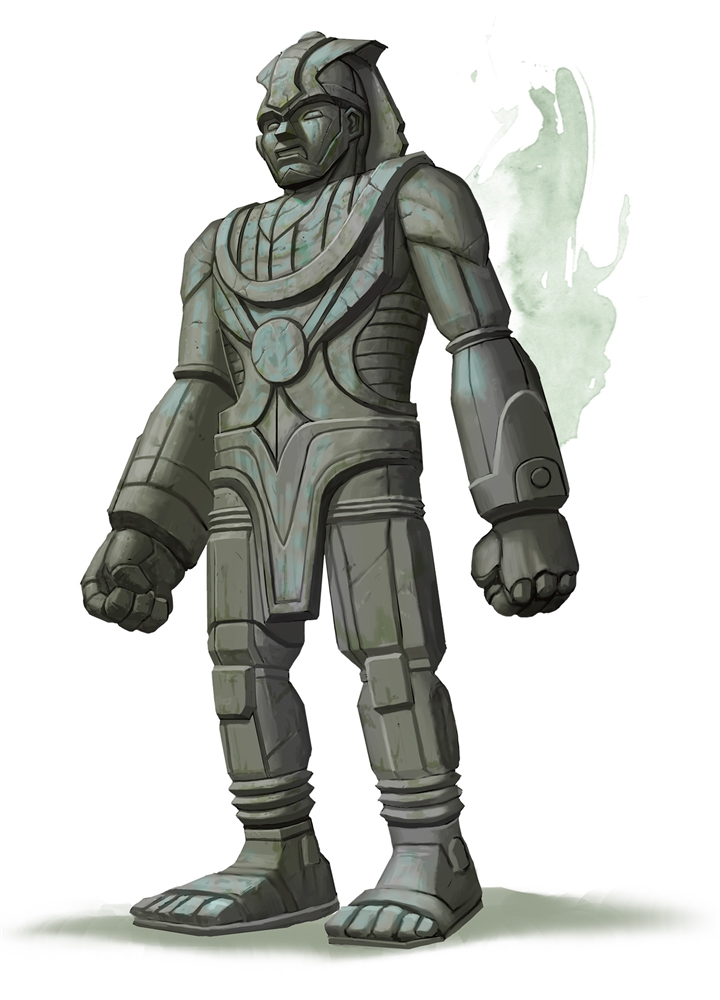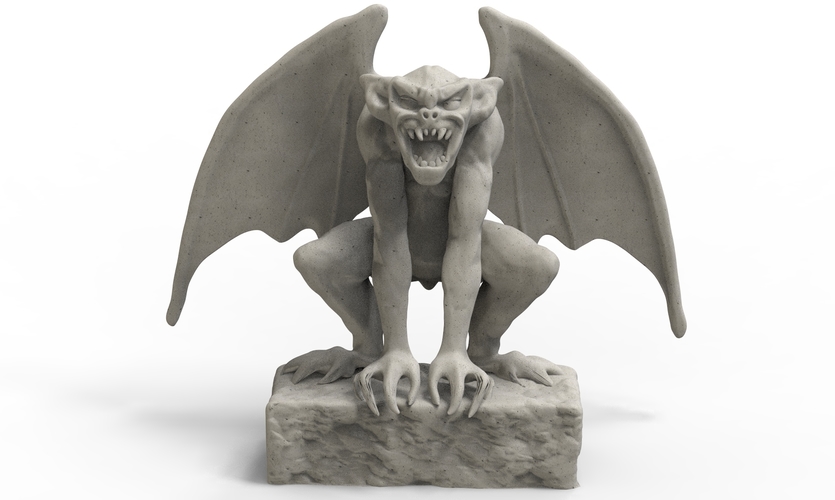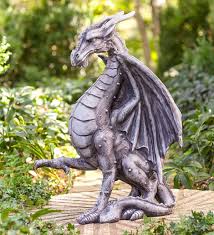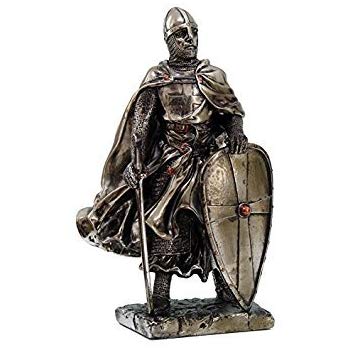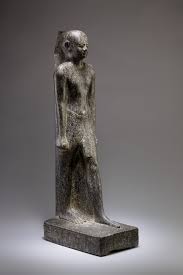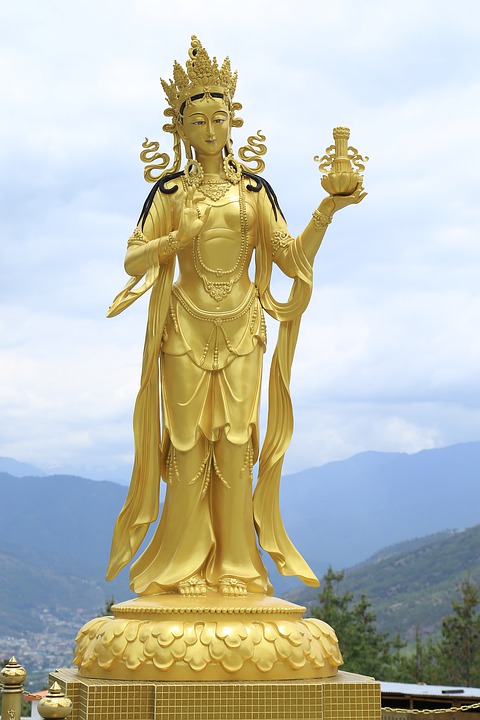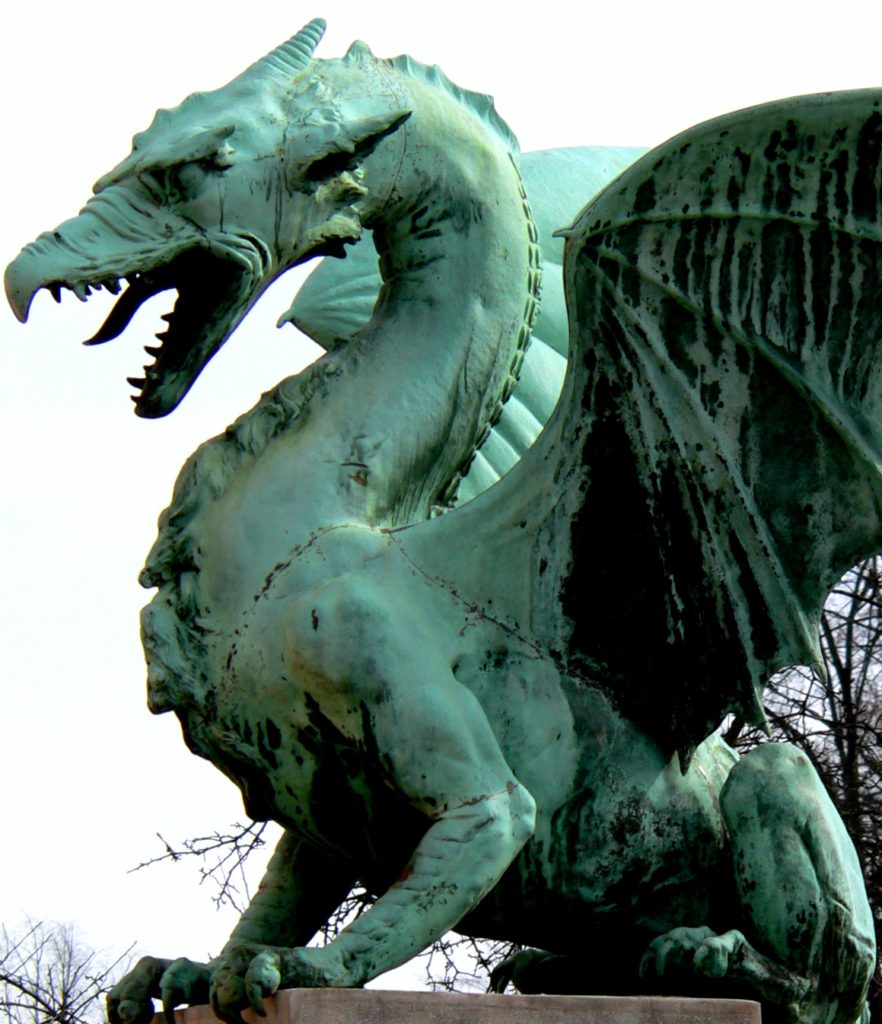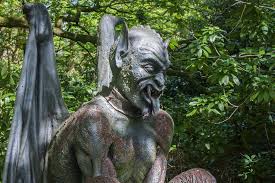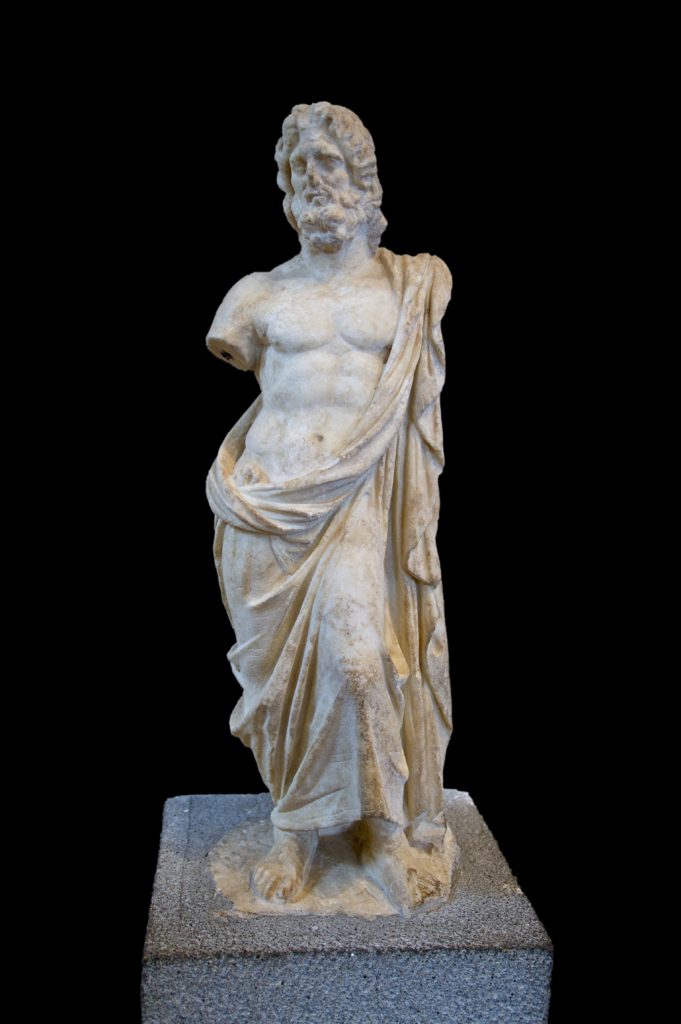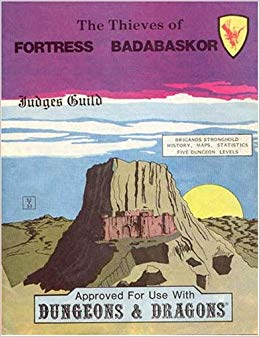The Thieves of Fortress Badabaskor is a Judges Guild adventure written for use with Original Dungeons and Dragons. It was designed by Mike Petrowsky, Craig Fogel , Bob Bledsaw, Mark Summerlott, Bill Own and Tony Floren. The adventure was published in 1981. This adventure was part of the Guildmaster subscription service. It was the seventh installment.
The adventure is thirty two pages long including the covers and maps. There are five dungeon levels provided along with a history of the area.
The gist of the story line is that a powerful emperor built this fortress to protect the empire from several potential enemies. Ultimately when the empire began to decline two of these entities made a play to take this fortress.
One of these groups were the followers of the God Angall. Angall is not a real god but more like a demi-god or would be god. This became nothing much more than a cult within the empire. It was an outlawed religion. Angall is depicted as having four arms. Two of these arms carry swords and the other two carry maces. This deity is an evil one.
The other group was a band of highwaymen. These men slipped over the walls one night and took control of the place.
The castle also fought off invasion from dragons.
Now it appears that all of these entities have some measure of control over the castle and it’s dungeons.
The Thieves of Fortress Badabaskor Link
What I Like about the Thieves of Fortress Badabaskor
Five levels of dungeon. There is a wide variety of creatures and challenges in the dungeon. Some are quite easy. Others are quite hard.
It is fairly short for a Judges Guild product. And it gets to the good stuff pretty quickly. There is not much space devoted to history, background or other such stuff. A little is good. A lot is a drag to read through.
A local village is provided. This gives the adventurers a place to retreat to if they need to rest and recover.
Overall the adventure does seem to get more difficult the deeper one delves into the dungeon. This is how it should be. Not everything in the dungeon is likely to be instantly hostile. But many things will be.
There is a mix of stone dungeon halls and natural caverns. I always like this in a dungeon map. It allows for a wider mix of potential creatures that might live there.
There are a few interesting magical “tricks” in the dungeon as well as some clever traps.
Unlike so many adventures made later in the development of the game this one does not force your players into any of their decisions. This is just a “here is a dungeon go and get it” kind of an adventure. It provides no moral justifications for exploring it, killing the things that live there or stealing their treasures. It just provides a detailed place and then lets the players do what they choose to do.
What I do not like about the Thieves of Fortress Badabaskor
Well. First of all. The name. I mean i can hardly spell Badabaskor. I keep having to check it as I write this. Couldn’t they picked something a little shorter? But I guess that is a minor complaint.
One universal issue that I have with most Judges Guild adventures is that they rarely give much, if any, indication as to what level ranges would be appropriate for their adventures. This one is no exception. And given the wide variance of creatures and strengths in the dungeon it is not that easy for a dungeon master to decide if it is appropriate for their group.
One of the images within the adventure is a beholder. I never saw a beholder described anywhere in the text. Was this an oversight? Or did I just miss it somehow?
There is a bit of repetition in some places. Not text. I mean monsters. You may encounter a red dragon (varying age) in four or five consecutive rooms. You might meet zombies or skeletons in a similar number of consecutive rooms. I can live with a little of this. I understand that one writing an adventure wants to have a bit of realism. Certain creatures are going to occupy multiple rooms in a dungeon if that is the theme of the place. But too much of that bores players. Especially my own players.
Another pet peeve of mine comes up in this adventure. It seems to pop up in a lot of Judges Guild products but it also shows it’s face in a few TSR ones as well. We have this dungeon. It is a deep one filled with bad guys. So….why is there a smith and a jeweler on the second level plying their trade as if this was a town or village? Is it a town or village? Or is it a dungeon? This makes no sense to me at all. People exploring a dungeon do not expect to go there to buy things. Nor are they likely to. More likely they would just kill the guy and take their weapons or jewelry or whatever else is there. Now I understand that there are specific creatures provided in the monster manuals for AD&D that are dungeon dwellers who sell items. But this is just a guy banging on an anvil in a dungeon and another guy working on a piece of jewelry. Why would they be there?
Would I recommend this adventure to others?
Yes. If you are playing original Dungeons and Dragons it should play well. If you are playing Advanced Dungeons and Dragons it would be easy to run with minimal modifications.
Would I run the Thieves of Fortress Badabaskor with my own players?
I might. If I felt this adventure was the right level range for my existing party it might well fit their needs.
If you enjoyed this article then you might enjoy these:


